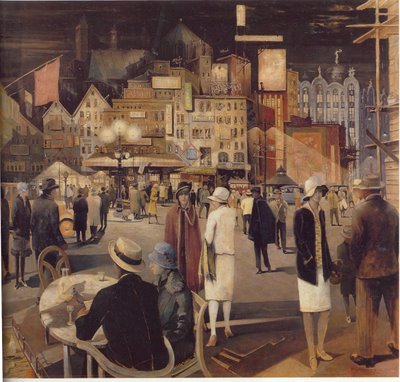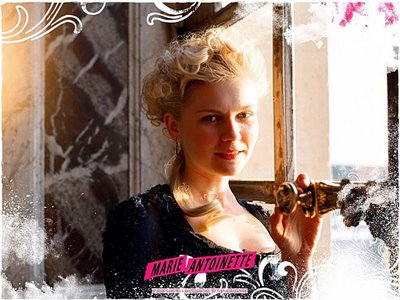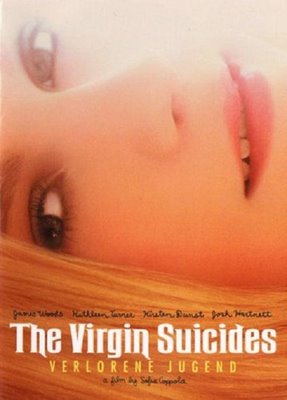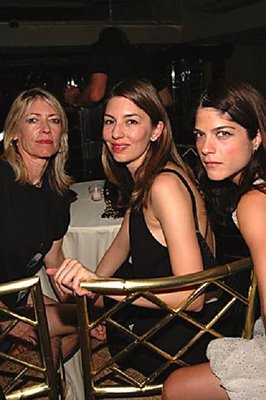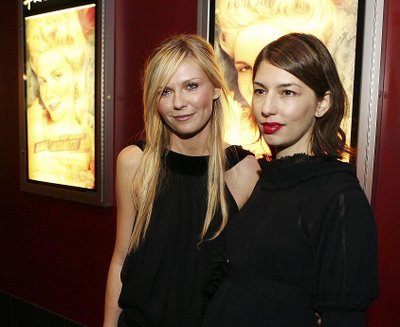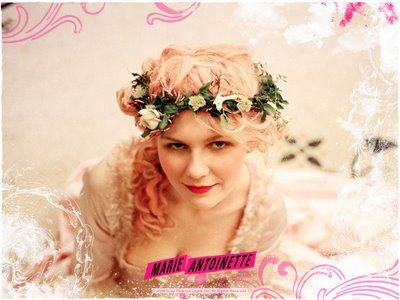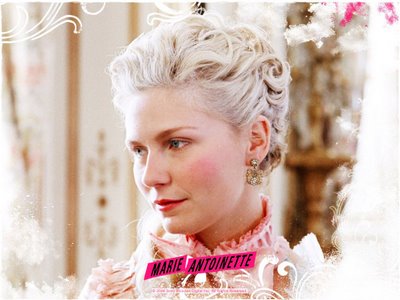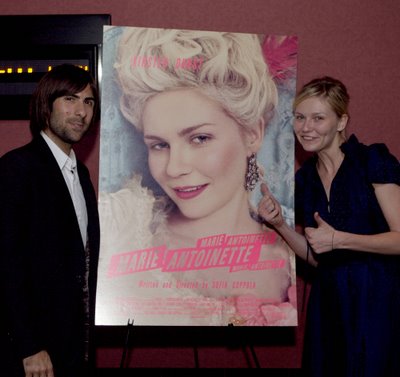Due to my current health problems. Yesterday night I suffered another convulsions crisis. Next weeks I'm gonna visit a neurologist and another specialists. I will have to stop blogging by now. From time to time I'll try to update something when I feel better (I barely can write). I hope to recover soon, but I'm feeling very weak at this point.
Sorry, folks. Kendra.









